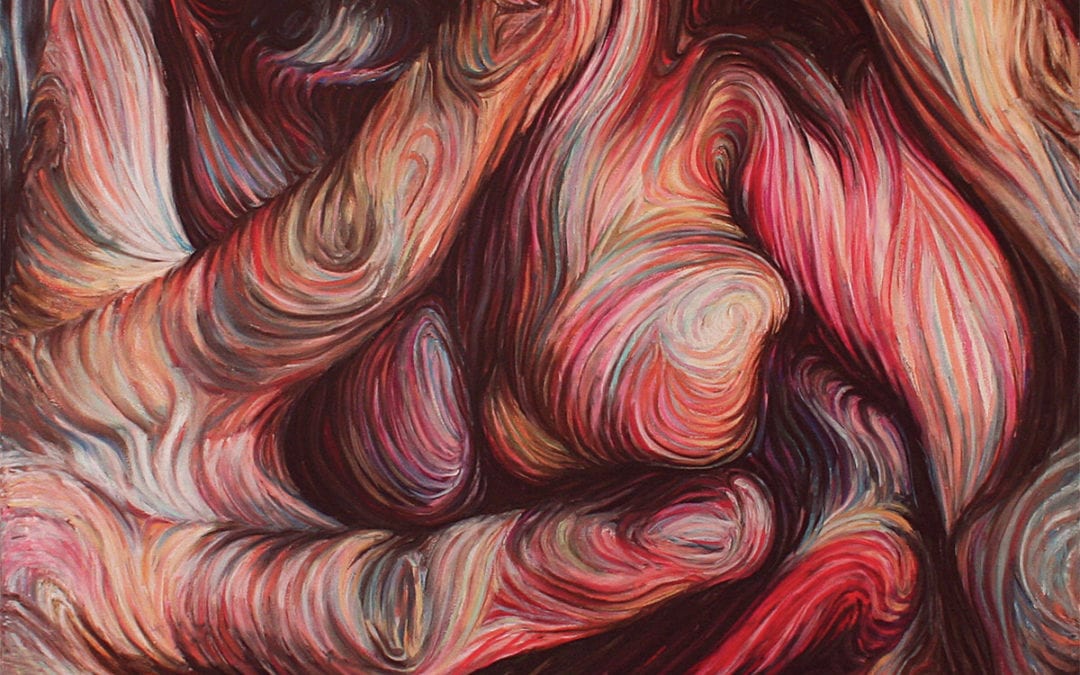By: Allison Strong
This is an update on an IBPF blog that I wrote a few years ago, “Move Over, Movement Disorder,” about my Tardive Dyskinesia (TD) and all the hoops I had to jump through to attain symptom control. I also did two TD videos you can view on our YouTube channel. “Tardive Dyskinesia,” Part one explains it. Part two chronicles my journey. Back then, half the doctors I saw thought it was all in my head!
You may have seen or heard the disclaimer “Call Your Doctor if You Experience Repetitive, Involuntary Movements as These Are Serious…” etc., etc. That’s Tardive Dyskinesia (TD) they’re warning us of. For the most part, TD is an irreversible side effect of drugs being called ‘Dopamine Receptor Blocking Agents.’ Atypical and Traditional Antipsychotics, which are used to manage bipolar depression and bipolar disorder, fall in this category. (That’s how I ended up with it). I’ve had the side effect of (TD) for ten years. There’s no cure but treatment is possible.
That being said, if I knew then what I know now, I would have saved myself tons of time, not to mention grief, by narrowing my search criteria to movement disorder clinics that treat patients with Tardive Dyskinesia. That’s an important distinction to make. Even if a receptionist says her doctor treats TD, that doesn’t mean that doctor will be able to help any one patient. Persistence is key. Treatment is so individualized. Everyone’s case is different.
TD can be quite disfiguring; causing the sufferer to isolate. Usually it’s in the mouth and jaw. Some people constantly stick out their tongues, (‘mouth of worms’), appear to be chewing gum, grind their teeth, or bob their heads. Mine is in my extremities and spine. I was misdiagnosed with Restless Leg Syndrome, Akathisia, Parkinson’s disease, told I was a ‘drug seeker’ and labeled ‘psychosomatic.’
So here’s the Million Dollar Question: What are our chances of getting it?
No one knows the answer!
Not even Top TD Dr. Joseph Jankovic, Director of Parkinson’s Disease Center and Movement Disorders at Baylor College of Medicine. According to him, there’s “A lot of misinformation on the internet and no authoritative body of knowledge.” Researching my book on TD, I learned a lot from him. His informational website, http://www.jankovic.org, publishes general information on the disorder and abstracts of recent clinical studies for new treatments. He adds information constantly, so you may want to visit his site.
The incidence rates Dr. Jankovic has seen range from .05% to 60% for an average of 20%. This is because the risk factors vary so much from person to person. Women get TD more often than men, and there’s a much higher rate for elderly women and people with a past history of substance abuse, for example. Another researcher, Yale University’s Dr. Scott Woods, conducted and authored his own five- year study and found an incidence rate of nearly 19.7% at 4.9 years. Mental Health America’s rate ratios for TD are 10-30%. National Alliance of Mental Health, (NAMI)’s numbers are 30-50% for anyone on atypical or traditional antipsychotics more than a decade.
However, things are improving for us. The same movement disorder clinic that pronounced me psychosomatic now has a special TD clinic. Psychiatrists and other doctors are more aware of TD; working with their patients to find the minimum therapeutic dose and/or frequency, reducing risk.
Here’s the big announcement:
A novel medication to treat TD is in late-stage Research and Development, and may be FDA approved in a few months. We’ve never had a ‘first line’ TD treatment before! I’ve been told there will be ‘disease awareness’ education for doctors so they can better treat or refer their patients to an appropriate TD specialist. There’s a lot for them to learn. TD has been a fringe issue since it was discovered 60-odd years ago.
That’s about to change. Our population has more than doubled recently, from less than 200,000 to 500,000. Clearly, Tardive Dyskinesia is a growing concern, much harder to ignore.
So let’s come out of the closet, wear our symptoms like a badge of courage and raise awareness for our common cause.
We won’t be alone.
At long last, we have partners in this.
*********************************************************
Below is a State-by-State link to Doctors who specialize in the treatment of Tardive Dyskinesia. It’s from “Lifescript”. So far, it’s the only one I’ve been able to find.
http://www.lifescript.com/doctor-directory/condition/n-neuroleptic-induced-tardive-dyskinesia.aspx
The content of the International Bipolar Foundation blogs is for informational purposes only. The content is not intended to be a substitute for professional medical advice, diagnosis, or treatment. Always seek the advice of your physician and never disregard professional medical advice because of something you have read in any IBPF content.


